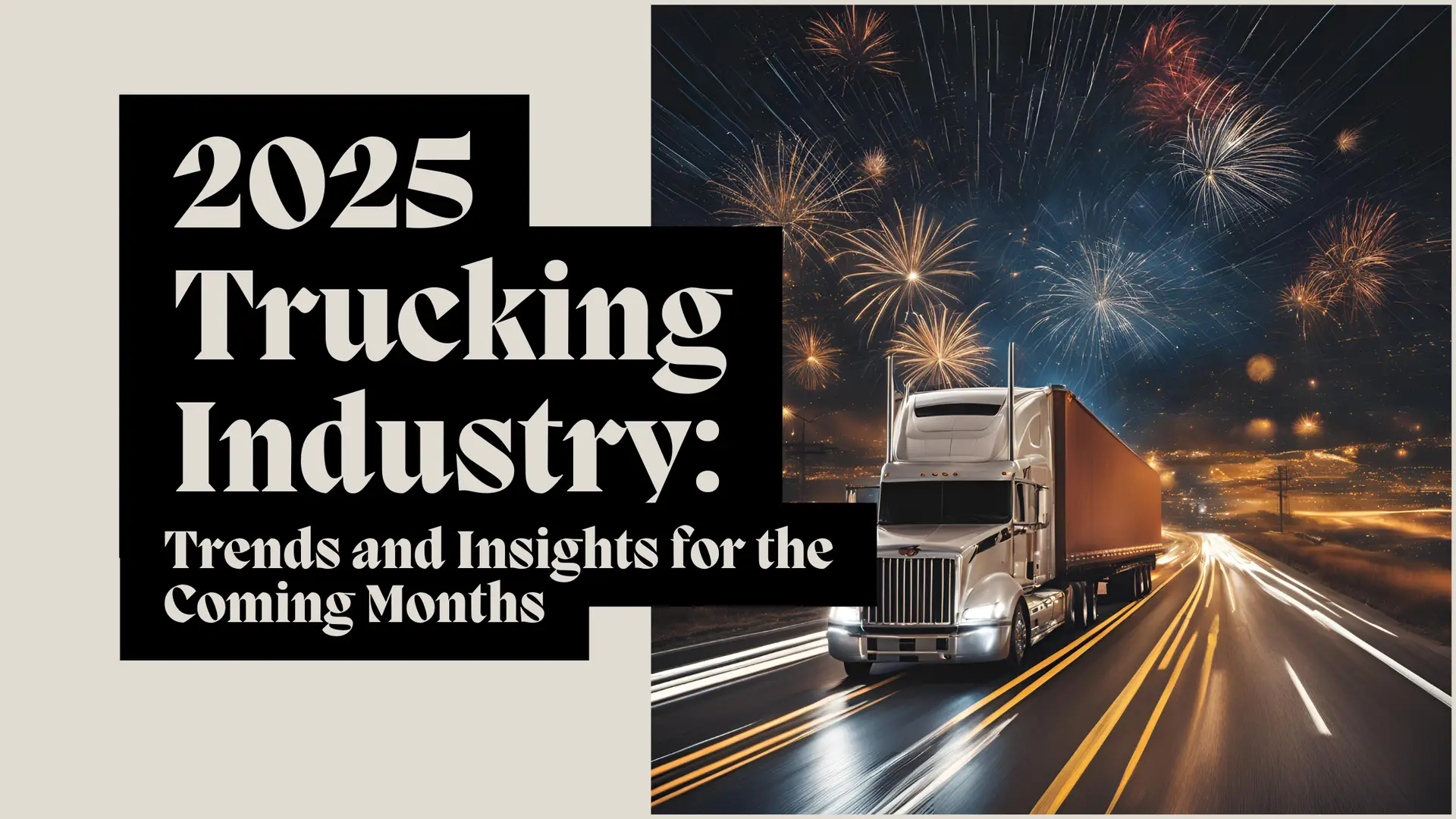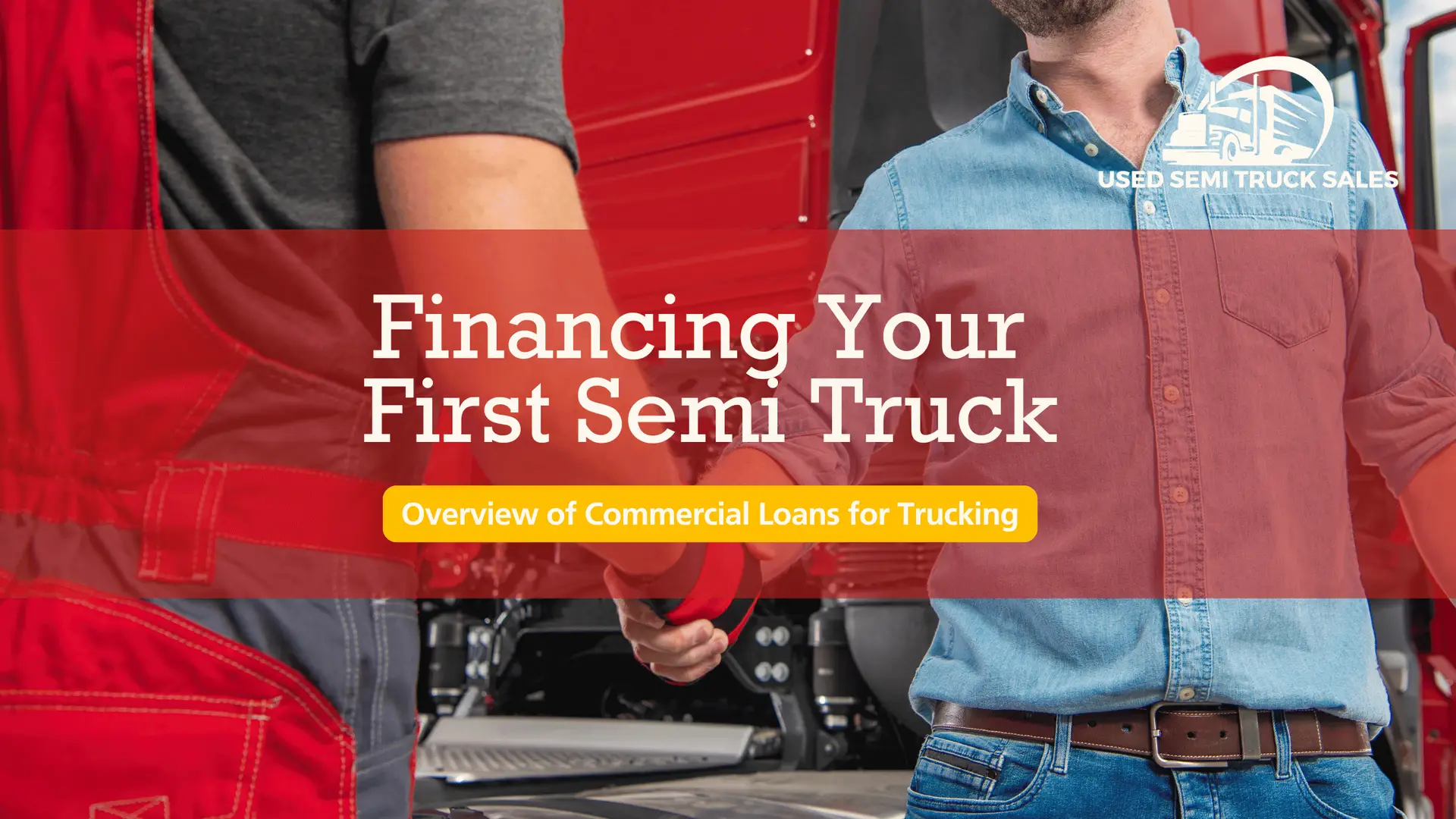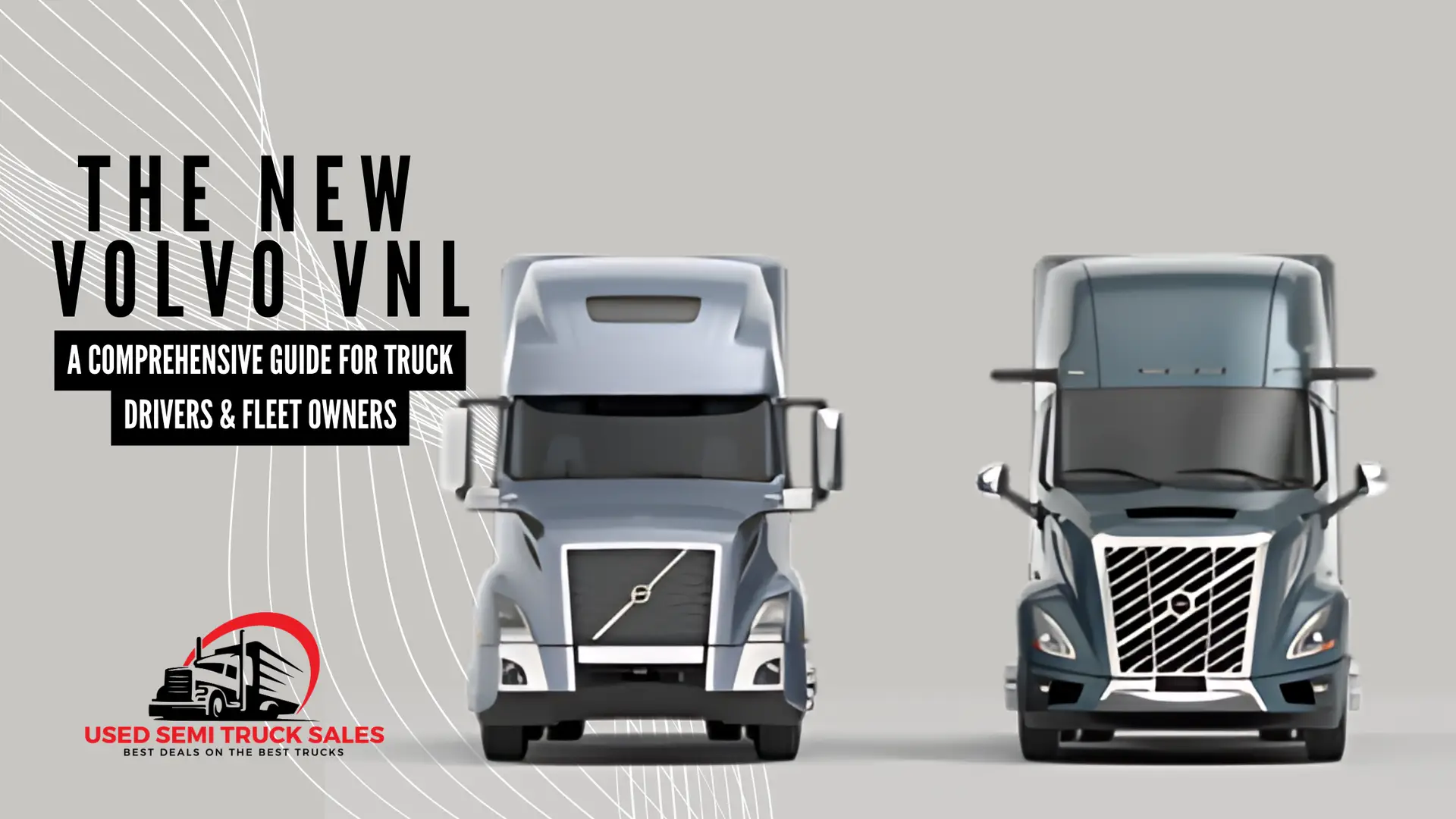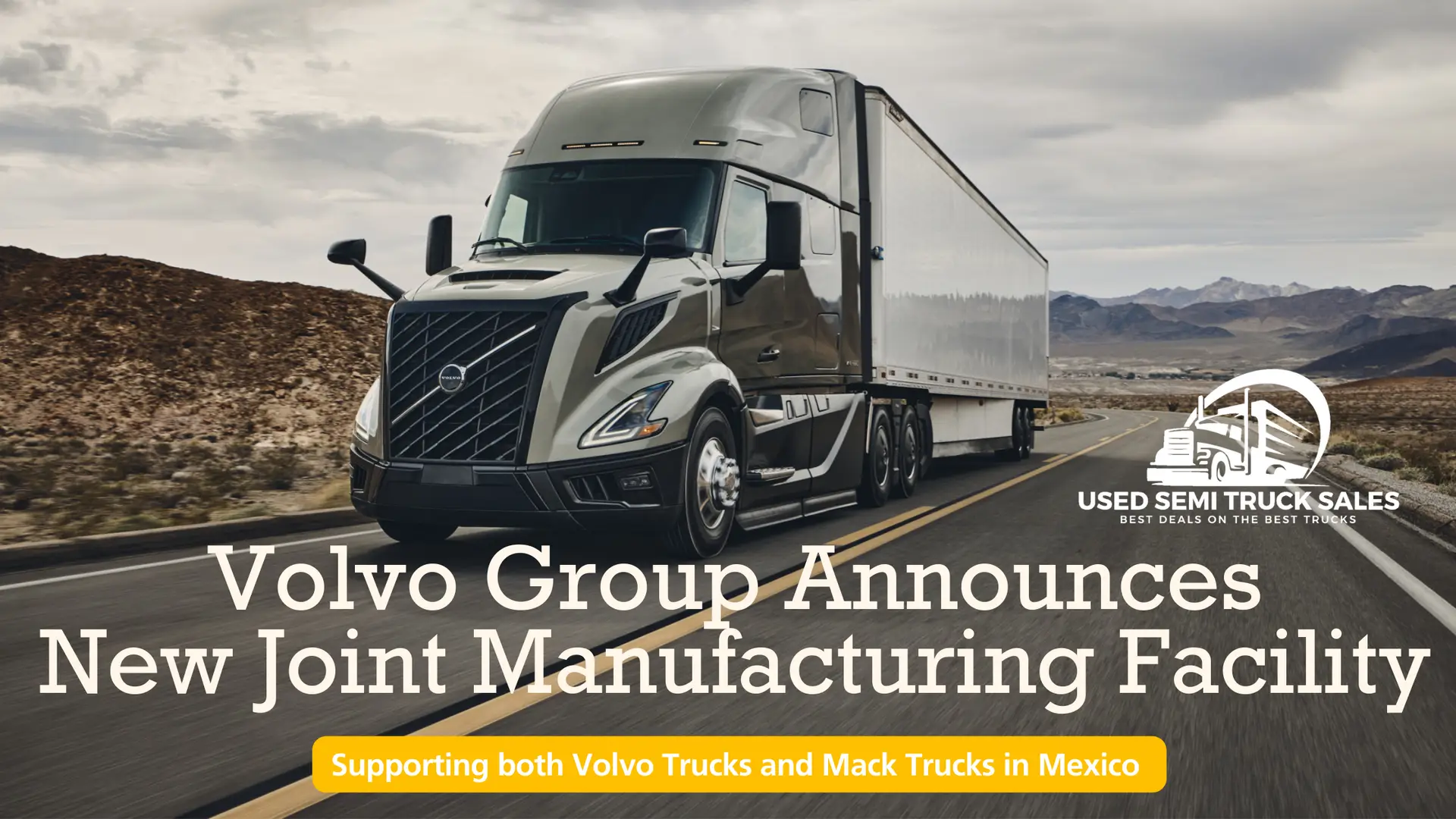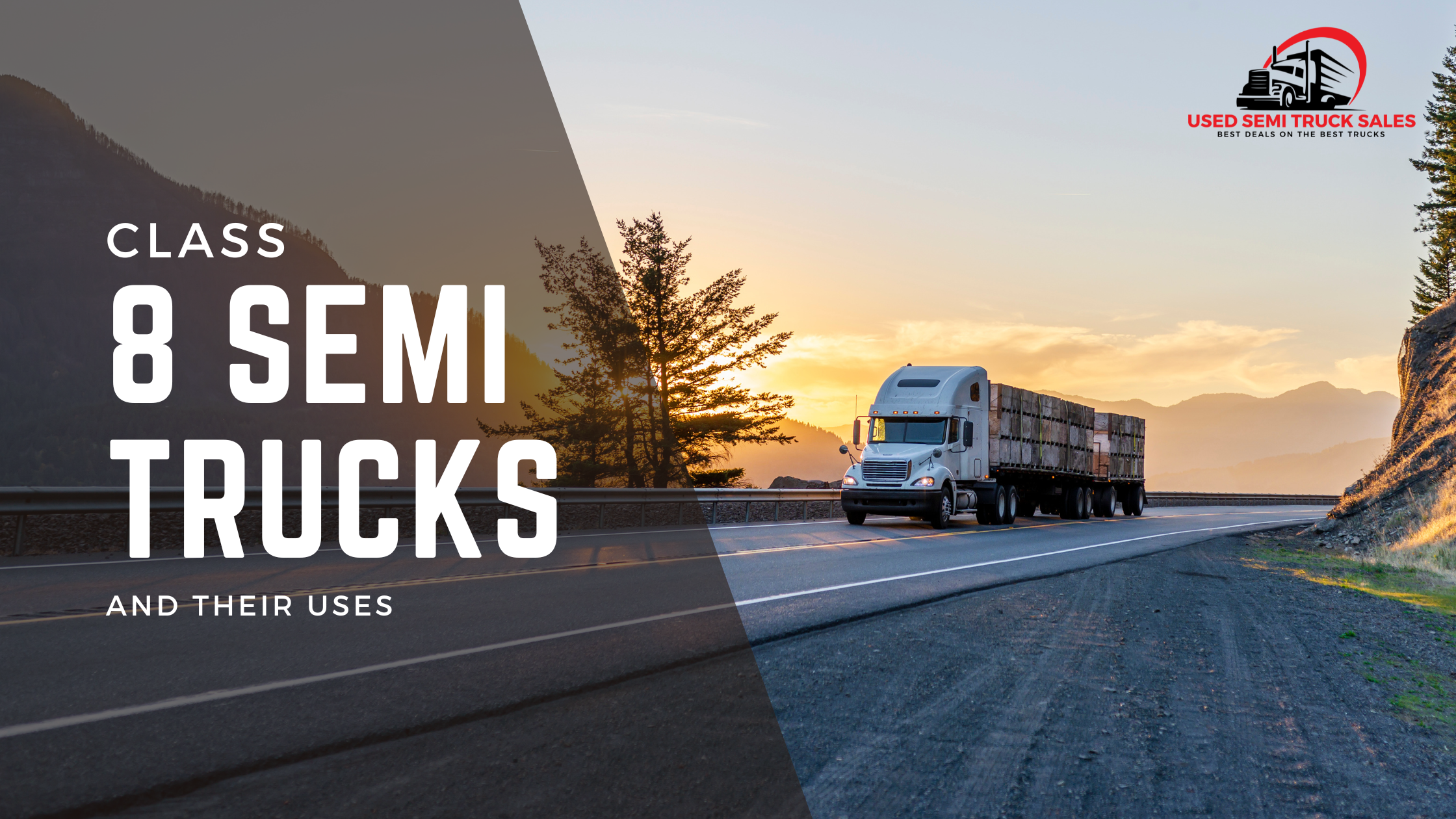The world of Class 8 semi trucks is vast and varied, catering to a wide range of freight and hauling needs. These heavy-duty vehicles are essential to the logistics and transportation industry, moving goods across towns, cities, and countries. Each type of semi truck is designed with specific purposes in mind, from hauling bulk materials to transporting vehicles. Here’s an overview of the different types of Class 8 semi trucks and what they are used for.

Dump trucks are easily recognizable by their large dump body that tilts to unload material. These trucks are primarily used in construction, mining, and landscaping for transporting materials such as sand, gravel, or demolition waste. Their robust design allows them to carry heavy loads and operate in off-road conditions or construction sites. The bodies of these trucks (the portion of the truck that has the dumping capabilities) can vary. The steel body trucks are made for harder material while the aluminum body trucks are more for softer material. Each state has standards for dump trucks that local companies must comply with. For instance, Tennessee required dump trucks to have three axles, while in North Carolina, the standard is four. The different axles can change the amount of material that the trucks can transport vastly and with the required amount of axles changing geographically, it is one of the few trucks that depend on local governance to determine if it can even operate in the area. When looking into trucks in your area, knowing the standards for your area is extremely important.

Day cab trucks feature a single compartment without a sleeping area, making them ideal for short hauls that can be completed within a single day. These trucks are favored for local deliveries and regional hauling where the driver returns home at the end of the workday. They are versatile and can be fitted with various trailers to transport different types of goods. They typically have less horse power than sleeper trucks, have more simplistic design, and have small fuel capacities. With these shorter hauls, it is typical to see the used truck market have trucks with low mileage compared to their sleeper truck cousins.

Mid roof sleeper trucks are sometimes considered the in-between model between day cabs and raised roof sleeper semi trucks, but they are much more than that. They do have typically very roomy sleeping quarters, making them suitable for longer hauls and overnight stays. These trucks are affordable options for owner operators when compared to the raised roof sleepers, because they typically have one bed, a lot of the same comfort and performance features of the raised roof sleepers, such as horse power and engine size or options like factory install refrigerators and such. They are also very useful if the truck is hauling flat bed trailers, as there lower roof has lower levels of wind resistance. The lack in sleeper cab size, these trucks typically go for thousands less than raised roofs, so if you are looking for something to go over the road in, and you are just a single driver, these could be a great option for you.

Raised roof sleeper trucks are designed for the long-haul driver, featuring a high roof over the sleeper compartment for added comfort and space. These trucks often include amenities like beds, refrigerators, and storage cabinets, making life on the road easier for drivers who spend weeks at a time away from home. Having a lot of the comforts of home, these trucks are perfect for cross-country driving. A lot of the times, these truck has two bunks in the sleeping area, allowing for teams to operate the truck, tons of storage space for them to pack supplies for the weeks that they will be on the road, and the versatility to take on just about any type of load that would need to be handled. These are the most common trucks that you will see on the highways.
5. Car Haulers
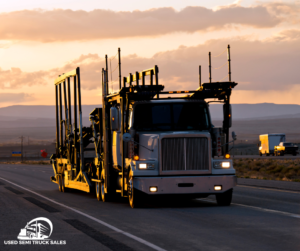
Car haulers, or auto transport trucks, are specialized trailers designed to transport vehicles. These class 8 semi trucks can be open or enclosed and are used by automotive manufacturers, dealerships, and auction companies to move cars, trucks, and motorcycles. While the open truck and trailer combo is the most commonly used, there are also enclosed car haulers that offer protection from the elements and are often used for high-value or classic vehicles. These trucks tend to need a higher horsepower to move the cargo and are almost always a truck and trailer combo. These trucks are also typically mid roof sleepers, which allow the driver to have the comfort and convenience to sleep in the rig, but also allow for a vehicle to be hauled above the cab of the truck.
6. Tanker Trucks
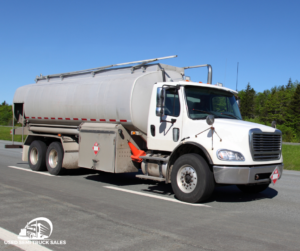
Tanker trucks are designed to transport liquids, gases, or dry bulk cargo. They are equipped with a large tank and are used for carrying different types of fuel, chemicals, water, or agricultural products. These trucks are built to comply with strict safety standards due to the hazardous nature of some of their cargoes. There are two main types of tanker trucks: a straight truck with the tank attached directly to the truck and the truck and tanker combination, where the tanker aspect is a separate trailer being hauled.
7. Refrigerated Trucks
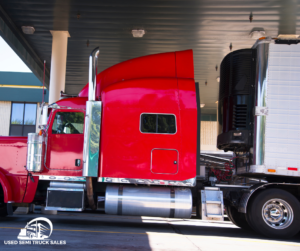
Refrigerated trucks, or reefers, are equipped with a refrigeration unit to maintain a specific temperature inside the trailer. They are essential for transporting perishable goods such as food, flowers, and pharmaceuticals. As you can imagine, these trucks and the transportation that they provide is crucial to businesses, and serve niche markets compared to the dry van loads. These trucks can be in really two different forms. The first being a box truck with a refrigerated box. The second form is in a truck and trailer configuration. The refrigeration aspect of the truck is on the trailer. Typically, the refrigeration aspect is powered by an APU, meaning that it is separate from the power of the truck and continuously keep the temperature in the container at the desired rate. if you see a device bulging out from the box or trailer at the front of the enclosure, this is typically that unit.
8. Flatbed Trucks
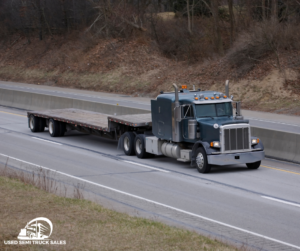
Flatbed trucks have an open trailer or attached bed with no sides or roof, making them suitable for transporting oversized loads or equipment that cannot be easily loaded into a closed trailer. The truck and tailer combination are commonly used in construction and agriculture to transport machinery, building materials, and large containers, while the straight bed trucks are used primarily for auto towing and heavy load shipping. These versital trucks have plenty of uses and different challenges that other trucks do not have. The cargo on these trucks is typically strapped in and there is not the walls or enclosures to contain the products. This is why you can see a lot of flatbed haulers with specific equipment, like ‘headache racks’.
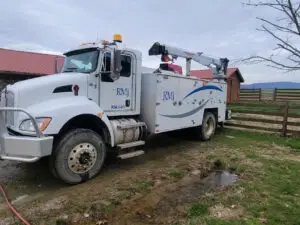
When Class 8 semi trucks break down, they need comparable trucks to come and help them off the roadways or to get them off the road. These trucks are the answer to that problem. These specialized trucks could be separated into many different categories, because each one is customized and designed for specific purposes. A commercial grade tow truck looks a lot different than a mobile truck servicing truck. They can be fitted with tool boxes, cranes, generators, and so much more. These truck are typically much higher in price because of the customization that is required to have them fill their role.
Each type of Class 8 semi truck serves a unique role in the transportation and logistics industry. From delivering perishables in a refrigerated truck to hauling heavy machinery on a flatbed, these vehicles are indispensable in keeping goods moving efficiently across the globe. Understanding the specific functions and capabilities of each truck type can help businesses and logistics professionals make informed decisions about their transportation needs.
